A small human trial has tested CRISPR gene editing technology in the treatment of solid cancer tumors, including breast, colon, and lung cancer, with promising results.
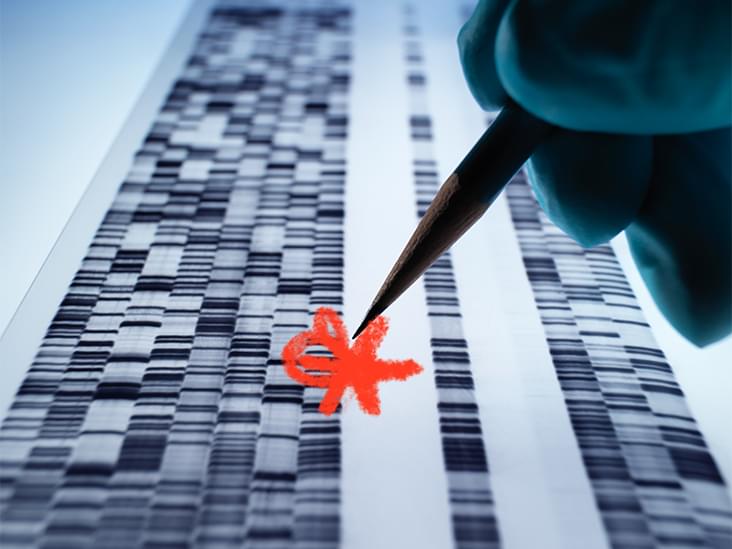


DISCLOSURE: Longevity. Technology (a brand of First Longevity Limited) has been contracted by the company featured in this article to support its current funding round. Qualifying investors can find out more via the Longevity. Technology investment portal.
MedTech start-up Occuity has received a £343,000 Innovate UK Biomedical Catalyst (BMC) Award to fund the next stage of the development of its innovative AGE reader: an optical medical device that will enable non-invasive screening of diabetes in non-clinical settings such as opticians and pharmacies.
Biomedical Catalyst is the flagship Innovate UK grant funding competition for supporting UK health & life sciences SMEs. It supports the development of innovative solutions to health and healthcare challenges by providing financial support to accelerate the route to commercialisation.
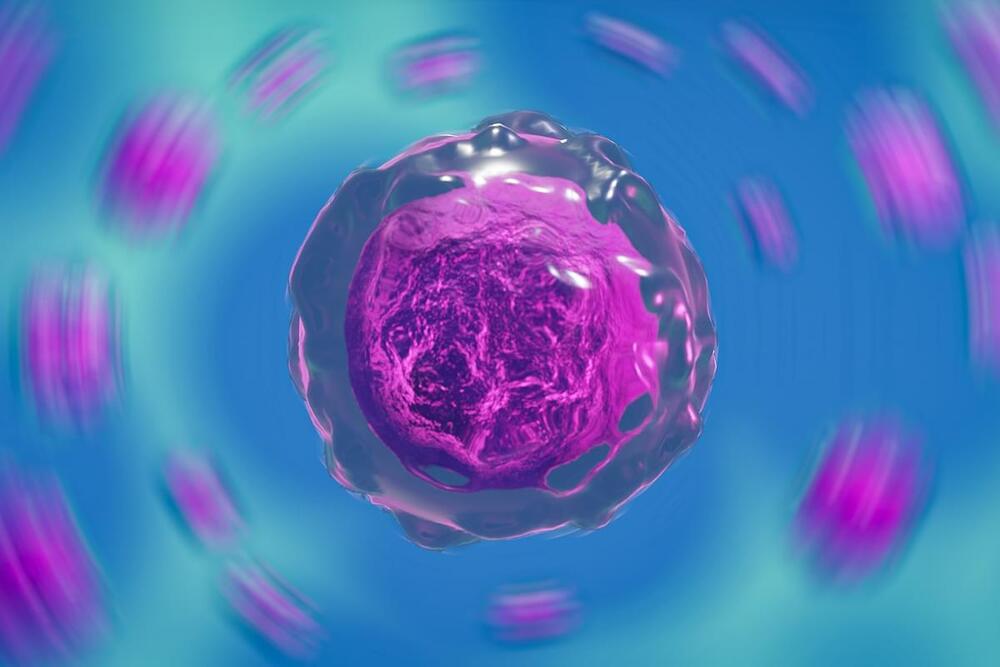
Magnetic fields are all around us. They exist whenever there is electric current and have been used in various aspects of medicine for decades. Today, magnetic fields are used in applications including magnetic resonance imaging (MRI), bone fracture repair, wound healing and pain reduction.
Taking things a step further, US startup EMulate Therapeutics has developed a unique magnetic field technology that has been shown to replicate the effect of drugs in humans and animal models – all without the presence of chemicals. Having spun-out companies in cancer, pain management and beyond, the company is seeking partners for longevity applications of its technology.
Longevity. Technology: The concept behind EMulate’s approach is mind-boggling. The company “records” the electromagnetic signature of specific molecules and is then able to use those recordings to effect changes in cellular behaviour, without using chemicals. In its most advanced programme, EMulate’s technology has completed feasibility clinical trials for adults and children with terminal brain cancer, using a recording derived from chemotherapy drug paclitaxel. We caught up with EMulate’s CEO Chris Rivera to find out more.
A new cancer treatment which destroys tissue non-invasively is being trialled, and, if it gains regulatory approval, it could change the way that cancers are treated in hospitals.
Histotripsy is a type of focused ultrasound which, unlike heat and radiation based treatments, is more precise – which makes it a more appealing treatment option for smaller and widespread tumours.
US based firm Histosonics is running the trial, and they are focusing their efforts on the liver – an area which is notoriously hard to treat, with low survival rates for patients.
Just 46 people worldwide have received the procedure so far, but if it proves to be safe and effective, it could be rolled out on a much bigger scale.
This film is from Click — the BBC’s weekly technology show.
Please subscribe HERE http://bit.ly/1rbfUog.
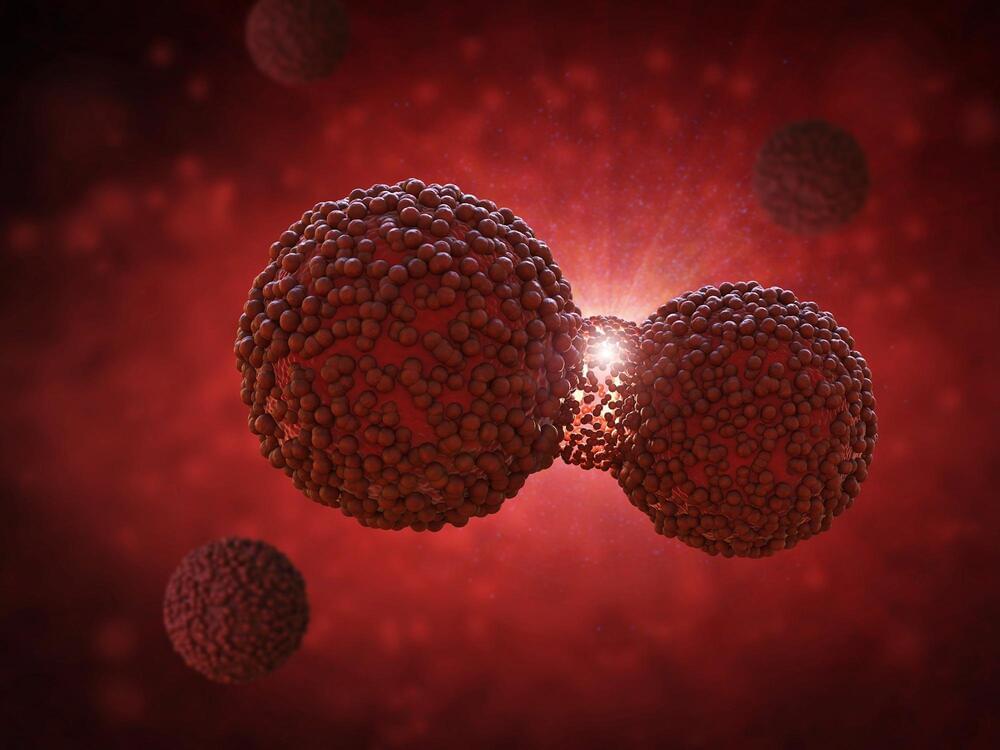
A multi-gene expression signature in tumors is associated with aggressive disease and poor patient outcomes, and it has the potential to become a genetic cancer biomarker.
The human cell’s primary source of energy, the mitochondria plays an important role in the metabolism of cancer cells. In a study recently published in PLOS ONE, researchers from throughout the world, including Dario C. Altieri, M.D., president and chief executive officer, director of the Ellen and Ronald Caplan Cancer Center, and Robert and Penny Fox Distinguished Professor at The Wistar Institute, have identified a particular gene signature indicative of mitochondrial reprogramming in tumors that is associated with a poor patient outcome.
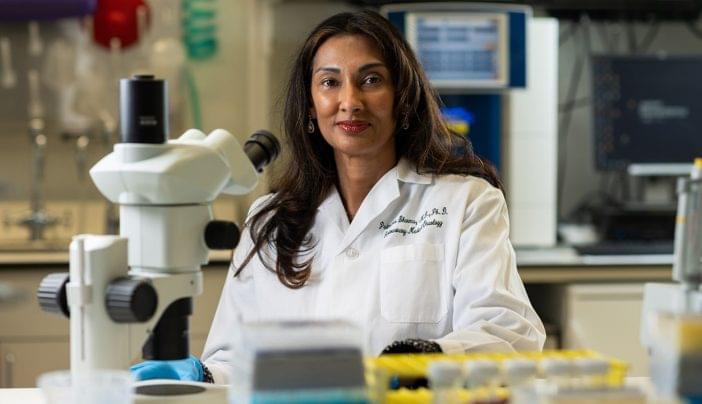
I want patients to know that we are making advances every day. There are treatments that can offer cures, and we plan to deliver more.
I encourage patients to talk with their physicians about innovative treatment options and consider participating in clinical trials so we can move the field forward. Together, we can unlock the promise of immunotherapy.
Padmanee Sharma, M.D., Ph.D., is professor of Genitourinary Medical Oncology and Immunology and director of scientific programs for the James P. Allison Institute.

University of Saskatchewan (USask) researchers have developed a new method of killing brain cancer cells while preserving the delicate tissue around it. The technique also has a remarkable side-benefit: making chemotherapy treatment of brain cancer suddenly possible.
The technique involves placing long needles through the skull and sending pulses of electrical current into a glioblastoma tumor—the pernicious variety of brain cancer that caused Tragically Hip frontman Gord Downie’s death.
“A safer and more effective cancer treatment may be clinically possible,” said Dr. Mike Moser (MD), USask College of Medicine general surgery researcher and co-author of a study published recently in the Journal of Biomechanical Engineering.

It’s time to go to bed for artificial neurons.
According to a recent study by the University of California, San Diego, neural networks can imitate the sleep patterns of the human brain in order to tackle catastrophic forgetting.
“The brain is very busy when we sleep, repeating what we have learned during the day,” said Maxim Bazhenov, Ph.D., professor of medicine and a sleep researcher at the University of California San Diego School of Medicine in the press release. “Sleep helps reorganize memories and presents them in the most efficient way.”
Sleep strengthens rational memory, the capacity to recall arbitrary or illogical associations between objects, people, or events, and guards against forgetting previous memories, according to research by Bazhenov and colleagues.
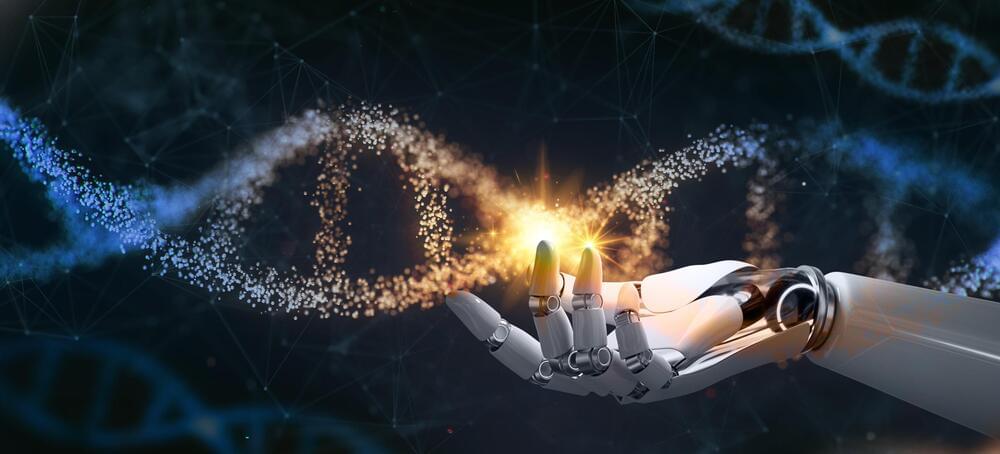
With the help of an AI, researchers at Chalmers University of Technology, Sweden, have succeeded in designing synthetic DNA that controls the cells’ protein production. The technology can contribute to the development and production of vaccines, drugs for severe diseases, as well as alternative food proteins much faster and at significantly lower costs than today.
How genes are expressed is a process that is fundamental to the functionality of cells in all living organisms. Simply put, the genetic code in DNA is transcribed to the molecule messenger RNA (mRNA), which tells the cell’s factory which protein to produce and in which quantities.
Researchers have put a lot of effort into trying to control gene expression because, among other things, it can contribute to the development of protein-based drugs. A recent example is the mRNA vaccine against COVID-19, which instructed the body’s cells to produce the same protein found on the surface of the coronavirus.

ETH Zurich researchers have found that a set of proteins have different shapes in the spinal fluid of healthy individuals and Parkinson’s patients. These could be used in the future as a new type of biomarker for this disease.
Many human diseases can be detected and diagnosed using biomarkers in blood or other body fluids. Parkinson’s disease is different: to date, there is no such biomarker being used in the clinicto indicate this neurodegenerative disease.
A team led by ETH Zurich Professor Paola Picotti could now help to close this gap. In a study just published in the journal Nature Structural and Molecular Biology, the researchers present 76 proteins that might serve as biomarkers for the detection of Parkinson’s disease.